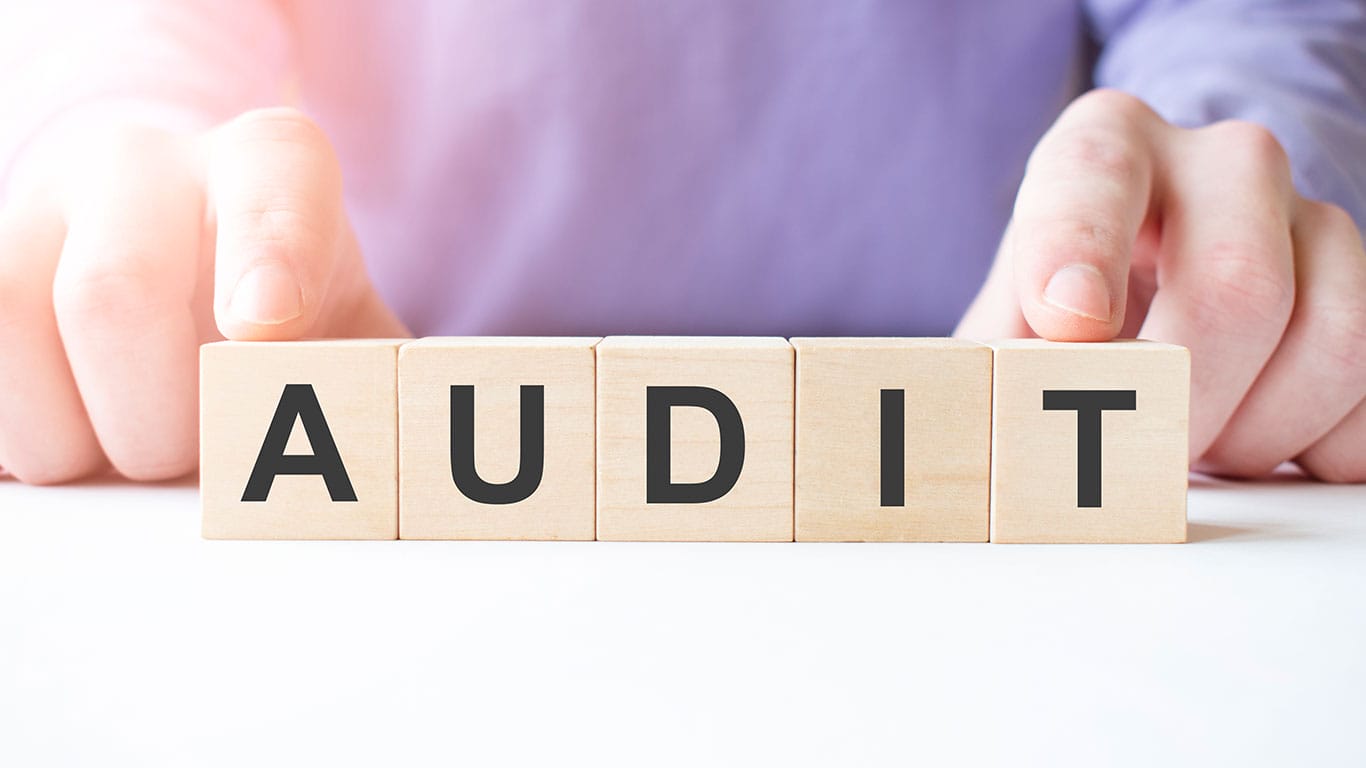Getting audited by the IRS for your R&D tax credit claim can feel scary and overwhelming. But with the right preparation and guidance, you can successfully steer through the process. This comprehensive guide breaks down everything you need to know before, during and after an R&D tax credit audit.

What Triggers an R&D Tax Credit Audit?
The IRS regularly audits businesses claiming R&D tax credits. These audits aim to verify that the claims are accurate and compliant with tax laws. There are several key reasons an R&D credit claim may get flagged for audit:
Inconsistent Claims
One trigger is obvious inconsistencies within the tax credit claim itself. For example, if the expenses outlined don’t match up with the documentation provided, it raises suspicions. Unexplained spikes in the credit amounts claimed versus prior years may also lead to an audit.
Large, Frequent Claims
Businesses that routinely claim exceptionally large R&D tax credits are more likely to be audited. The IRS understands that substantial amounts of R&D spending occur in some industries, but they will want to ensure the size and frequency of the claims legitimately align with the company's activities.
Random Selection
In some cases, an audit is simply the result of random selection by the IRS. They use statistical formulas to determine a subset of returns for review and a business may end up being chosen at random, regardless of other red flags. So audits can happen due to plain old bad luck.
Industry Profile
The nature of the business itself can play a role in audit likelihood. Industries like pharmaceuticals, software and manufacturing that rely heavily on R&D spending tend to see more IRS scrutiny. The complex technical activities make it more difficult for the IRS to evaluate the legitimacy of the tax credit claims.
Economic Influences
During times of economic uncertainty and tightened government budgets, the IRS may ramp up tax credit audits across the board. When every dollar counts, they want to ensure all credits and deductions claimed by businesses are truly justified.
Gearing Up for a Potential R&D Tax Credit Audit
Thorough preparation is your best defense if the IRS comes knocking about your R&D tax credit claim. Follow these key steps to get audit-ready:
Organize Airtight Documentation
Pull together comprehensive records that leave no question about your R&D activities and expenses. This includes:
- Project plans outlining the objectives, methods and desired outcomes
- Time logs tracking hours each employee spent on R&D work
- Invoices, receipts and other proof of R&D-related costs
Work With a Specialized Tax Advisor
Engage an expert well-versed in R&D tax credits. They can help identify any gaps in your documentation and ensure you have responses ready for likely IRS questions. Their guidance is invaluable.
Brush Up on Current R&D Tax Credit Regulations
Understand exactly what the IRS looks for in a compliant claim. Know the regulations inside out to demonstrate the validity of your activities.
Prepare a Coherent Narrative
The IRS will want to understand the complete story behind your R&D work. Construct a narrative that logically ties together your documentation and brings your projects to life.
Anticipate Follow-Up Requests
Audits often involve multiple information requests. Develop processes to quickly retrieve additional materials needed. Respond promptly at each stage.
Consider Legal Counsel
If your claim is exceptionally complex or contentious, legal guidance may be advisable to protect your interests.
Responding to an R&D Tax Audit Notice
Receiving notice that the IRS will be auditing your R&D tax credit claim can be stressful, but staying focused and proactive is key. Follow these steps when you get that dreaded letter:
- Understand the scope: Carefully review the notice to get very clear on which aspects of your claim the IRS will examine.
- Consult your tax advisor: Before responding, loop in your tax advisor to help interpret the notice and develop the appropriate response strategy.
- Acknowledge receipt: Let the IRS know you received the notice and are ready to cooperate.
- Note critical deadlines: Audit notices include firm deadlines for submitting documentation; mark these on your calendar and start preparing materials accordingly.
- Gather required info: Pull together the specific documents, records, emails and other information outlined in the notice.
- Conduct internal briefings: Make sure staff involved in the audited projects clearly understand the situation and their role in responding.
- Set up IRS communication protocols: Identify your IRS point person and establish contact processes.
Common Audit Pitfalls to Avoid
While having the right strategies is key, you should also steer clear of mistakes that can derail your R&D tax audit. Some common pitfalls include:
- Overclaiming credits: Claiming credits for expenses that don't clearly qualify will raise red flags with the IRS.
- Disorganized documentation: Having scattered, incomplete records makes justifying your claim incredibly difficult.
- Ignoring IRS notices: Failing to respond promptly to IRS letters and inquiries gives the impression of evasiveness.
- Misclassifying workers: Make sure employees and contractors are classified appropriately based on IRS guidelines.
- Poor communication: Keep staff looped in on audit proceedings to prevent contradictory information given to the IRS.
The Bottom Line
R&D tax credit audits can seem intimidating, but you don’t have to tackle them alone. With meticulous preparation, full cooperation and guidance from specialized tax advisors, you can successfully clear the audit hurdle.
We invite you to contact our experienced team at ETS for personalized help and insights on acing your R&D tax credit audit. We're here to guide you through the process toward the optimal outcome.



